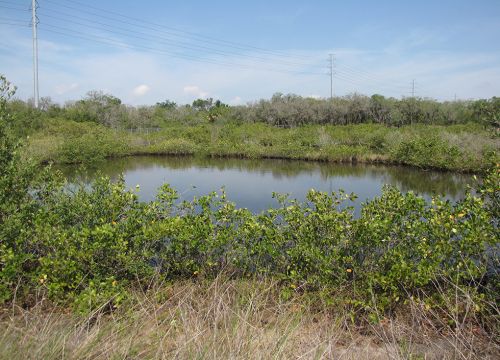From Toxic Dump to Wetland in Florida
April 10, 2017 - How do you return a dumpsite to a natural area with productive wetlands? With the hard work of scientists, and federal and state officials.
The Raleigh Street Dump Site is located in an industrial area of Tampa, east of McKay Bay. The low-lying land was once pocked with sinkholes and littered with battery casings, furnace slag, trash, and construction debris dumped at the site from 1977 to 1991.
By 2009, the level of pollution was dire enough to land it on the U.S. Environmental Protection Agency’s National Priorities List, slating it for cleanup under the Superfund law. Years of illegal dumping had left the area filled with contaminated soil, sediment, and groundwater.
EPA investigations at the site found a number of chemical contaminants posing an unacceptable risk to human health and the environment, including oil-related compounds and heavy metals such as antimony, arsenic, and lead.
Cleanup and restoration activities at the Raleigh Street Dump Site were comprehensive and involved replacing contaminated soils with clean soils, removing contaminated sediments, planting grass, restoring wetland areas, and reducing the concentration of contaminants in the groundwater.
NOAA has worked closely with EPA over the years to ensure the cleanup at Raleigh Street Dump Site was protective of the environment. By the end, restoration actually resulted in an increase of wetland area at the site, more than doubling it to 2.6 acres.
The restoration work done at the Raleigh Street site is part of a larger overall conservation effort in a region that for decades had been experiencing environmental decline.
In April 2017, the U.S. Environmental Protection Agency Region 4 presented the Excellence in Site Re-Use Award. The ceremony included recognition of NOAA’s scientific work over the years on the cleanup and restoration.

 An official website of the United States government.
An official website of the United States government. 